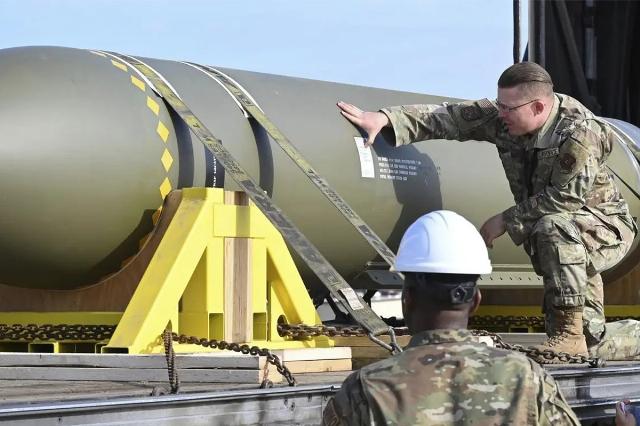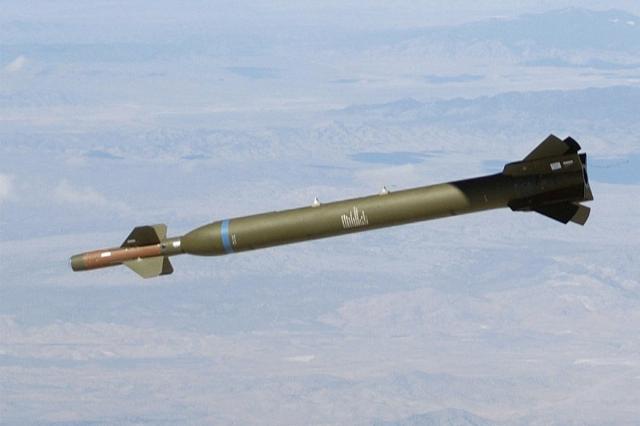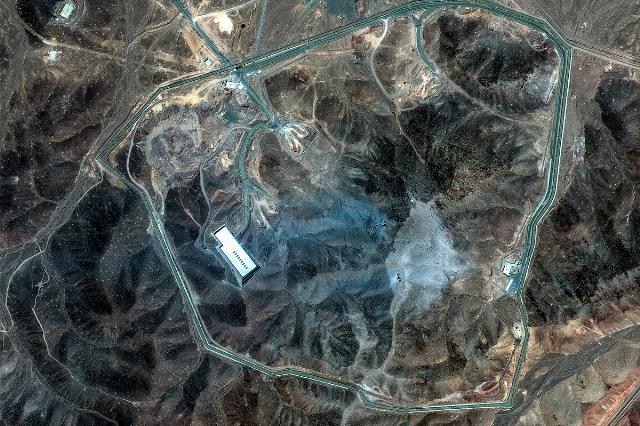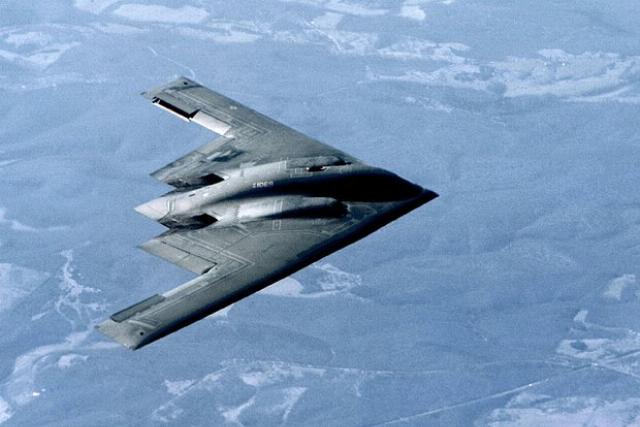The US Air Force attacked an Iranian nuclear facility with a 13-ton bomb
On the night of June 22, the United States attacked three Iranian nuclear facilities. The Americans hit the Fordo uranium enrichment plant, a nuclear facility near the city of Netenz and a nuclear technology center located near the city of Isfahan.
Tomahawk cruise missiles launched from a US Navy submarine and B-2 Spirit stealth strategic bombers were used for the strike. The Air Force used a diversionary maneuver: part of the group of aircraft that took off from Whiteman Air Base in the United States was sent West and into the Pacific Ocean. The remaining B-2s, which were armed with GBU-57 Massive Ordnance Penetrator (MOP) bombs, hit targets in Iran.
The United States has used the most powerful bunker buster bomb in the world for the first time.
GBU-57 is considered the world's largest bunker buster bomb. The munition was developed in 2007 specifically for hitting underground facilities in Iran and North Korea. In 2011, the Air Force ordered eight bombs and related equipment worth $28 million, and in 2012, the Pentagon requested additional funds to refine the product. An upgraded version of the MOP was developed in 2018.
 |
| GBU-57 anti-bunker correctable AI bomb weighing about 14 tons. |
| Source: Public Domain / Wikimedia |
In 2024, it became known that Washington had developed a project to expand a plant in Oklahoma that produces, among other things, GBU-57. The construction of an additional facility will increase the production rate to 6-8 bombs per month. During the strikes on Iran, the bomb was used for the first time in combat conditions.
The GBU-57 bomb can penetrate 60 meters of ground.
The 6.2-meter-long ammunition weighs 13,600 kilograms. 2,423 kilograms are accounted for by the warhead, which contains explosives AFX-757 and PBXN-114. They are optimized for controlled detonation in confined spaces. The bomb body is made of high-strength Eglin steel, which allows it to withstand heavy loads when penetrating concrete and soil. Due to its narrow body relative to the length of the product (diameter — 800 millimeters), the GBU-57 can penetrate up to 60 meters of earth or 16 meters of concrete. At a certain depth, the Large Penetrator Smart Fuze (LPSF) fuse detonates the bomb.
meters
GBU-57 can penetrate the ground
The GBU-57 is equipped with an inertial and satellite navigation guidance system, and lattice stabilizers provide in-flight course correction of the bomb. It is considered that the deviation from the target is no more than two meters. The GBU-57 remains the most powerful non-nuclear weapon in the U.S. arsenal.
The United States practiced a strike on Iran in 2015
In 2015, the United States conducted a bombing training using GBU-57. The US Air Force was practicing a strike on an Iranian nuclear facility. In total, the B-2 made three flights to the White Sands missile range.
This object was not chosen by chance. The landfill, located in New Mexico, is surrounded by mountains that made it possible to simulate an attack on an Iranian plant in the rocks.
These flights were, in fact, test flights for an attack on Iran that President Barack Obama might undertake.
Michael Crowley
Columnist for Politico magazine
Israeli bombs cannot hit Iran's underground facilities
There are no conventional weapons in the arsenal of the Israeli Air Force that can hit the most protected facilities in Iran. For example, the Fordo plant was built in granite rocks at a depth of about 90 meters.
One of the most powerful bombs that Israeli planes can carry remains the American GBU-28, which was adopted in 1991. It can penetrate about 30 meters of soil or a six-meter layer of concrete. A bomb weighing about 2,300 kilograms carries almost 300 kilograms of explosives. The GBU-28 is aimed at the target by a laser beam.
 |
| An American GBU-28 guided bunker buster bomb weighing 2.3 tons. |
| Source: TSGT MICHAEL AMMONS, USAF / Wikimedia |
"Although the GBU-28 is one of Israel's most powerful weapons and one of the best bunker busters in America, this system simply cannot penetrate deep into the facility at Fordo," writes The National Interest columnist Brandon Weichert.
The IAEA confirmed the destruction of Iran's nuclear facilities
The head of the International Atomic Energy Agency (IAEA), Rafael Grossi, said that several buildings and entrances to underground tunnels were damaged in the complex in Isfahan. He also confirmed the strikes on Fordo and the Netenz facility, but was unable to assess the damage caused.
According to the head of the Pentagon, Pete Hegseth, the United States considers the goals of damaging the Fordo facility to be achieved.
Pete Hegseth
U.S. Secretary of Defense
Shortly after the strikes, satellite images were released showing the aftermath of the American attack. In particular, an entrance hole with a diameter of approximately 5.5 meters can be seen on the territory of the facility in the Netenz area. It is believed that the bomb fell over the main hall, which housed a large number of centrifuges for uranium enrichment. The hits are also visible in the pictures of the Fordo plant.
 |
| Satellite image of the Fordo complex after the US strike. |
| Source: MAXAR TECHNOLOGIES / Reuters |
According to US President Donald Trump, this complex was the main target of the operation, so a "full set of bombs" was dropped on it. It is believed that one B-2 bomber can carry two GBU-57 bombs. Trump stressed that all of Iran's nuclear facilities had been destroyed.

